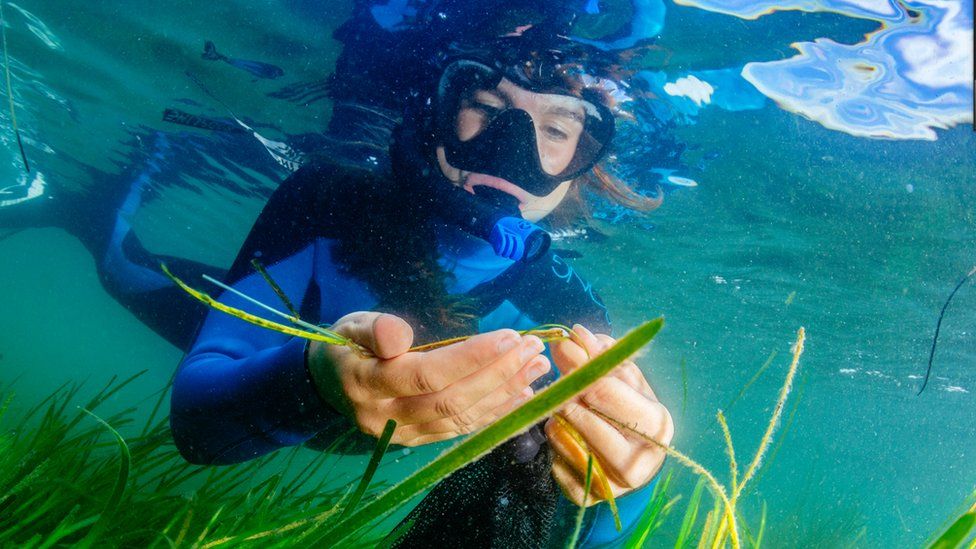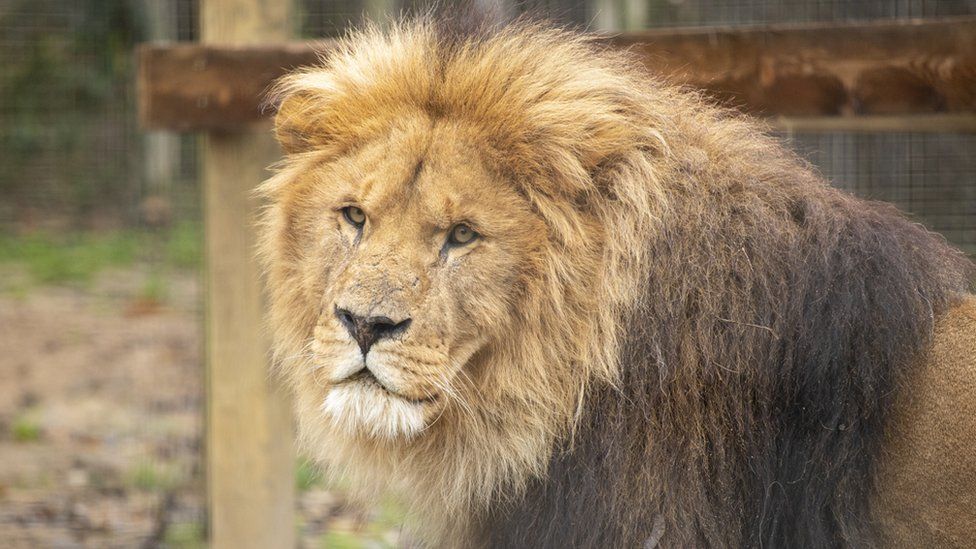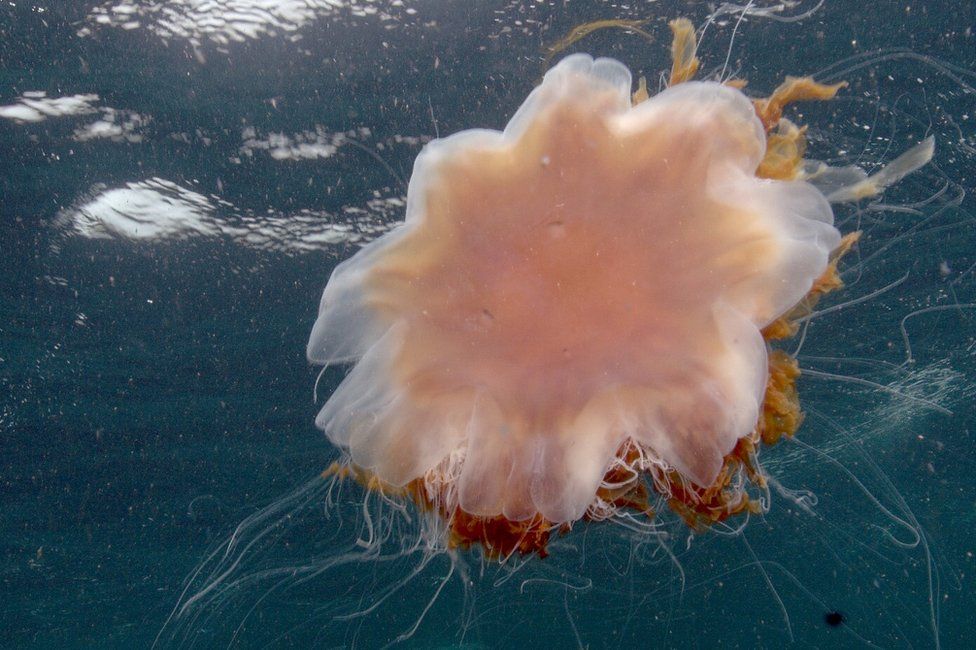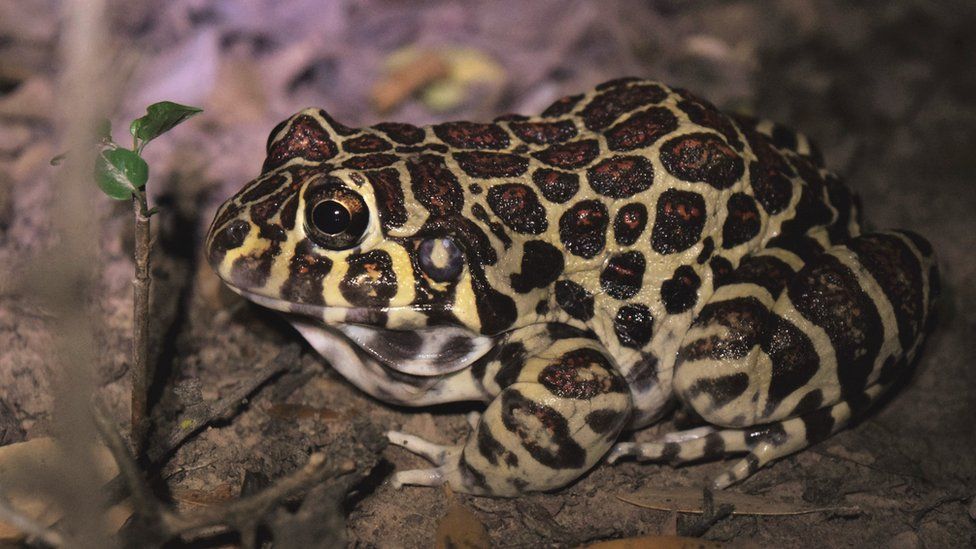Following successful robot-assisted research trials, Wales may surpass all other countries in the field of extensive seagrass restoration.
It is well known that seagrass can store carbon and serves as a fish nursery.
Wales could take the lead in restoration, according to conservationists, even though up to 92 percent of the UK's seagrass has been lost.
The Welsh government stated that it would talk about how to support seagrass restoration even more.
According to Project Seagrass, WWF, and Swansea University, the nation could also produce methodology that could be used globally.
In Wales, the Seagrass Ocean Rescue Upscaling Project (SORUP) seeks to develop a model that can be used in other nations.
The UK's first successful meadow-scale seagrass restoration project and successful methodological trials were led in Dale Bay, Pembrokeshire, by WWF and Project Seagrass.

It was the first significant-scale seagrass restoration project in the UK, and experts are now creating and testing technologies and procedures to make large-scale restoration simpler and more affordable.
According to manager Sam Rees, SORUP has been using a robot to assist with seed planting at the Dale restoration site.
The robot, known as Shack, was created by Reefgen in San Francisco and carries 20,000 seeds and mud that it injects into the sea bed sediment.
The goal of our project, according to Mr. Rees, is to take what we already know and make it better. This includes improving the seagrass restoration methodology's cost, time, and resource efficiency.
He said, "We've already stored two hectares here using hand-based methods, but we're now looking how we can improve on that, taking away some of the people it required and using the robot to do that.".
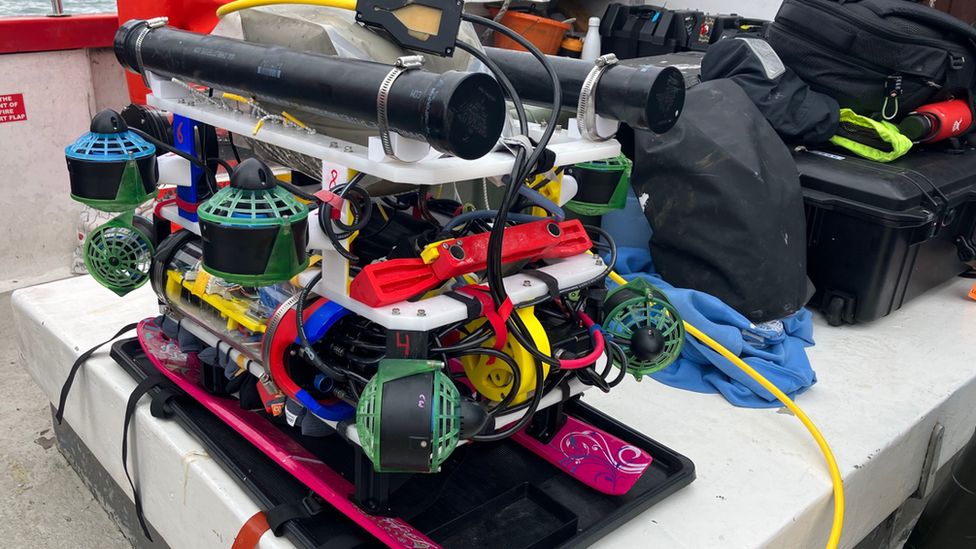
- Compared to tropical rainforests, it removes carbon from the atmosphere up to 35 times faster.
- Despite occupying only 0.02 percent of the seafloor, it contributes 10% of the annual ocean carbon storage globally.
- It prevents erosion along the coast.
- Numerous fish species, such as cod, plaice, and pollock, call it home.
- The oxygen it produces.
- It purifies the ocean by soaking up harmful nutrients.
WWF, Sky Ocean Rescue, and Swansea University are the sources.
Leanne Cullen-Unsworth, CEO of Project Seagrass, believes that dominating this industry may open up opportunities abroad.
"We're in such a great position to spread the word about how crucial this habitat is to the rest of the world, and we can take the lead on the science to restore this habitat.
"To be able to restore at scale, we have both the scientific know-how and the goodwill in place. ".
"The Welsh government had stated a commitment to seagrass and the marine environment in general quite some time ago, and we just want that to be defined. We want to collaborate with them to develop a program that is going to help and protect seagrass. ".
The Welsh government stated that seagrass restoration was part of First Minister Mark Drakeford's government plan because he wanted to work with nature to combat climate and environmental emergencies.
An official spokesman stated, "The minister is looking forward to visiting Project Seagrass and WWF Cymru this summer to see their plantation work in action and discuss what action we can take to scale-up their essential work."


